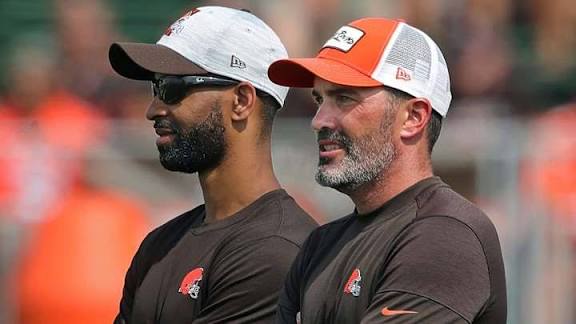setting an example in normalising the importance of emotion in elite gymnastics X By Aditi Gandhi Published: 8 July 2021 6:07 PM Tough. Strong. Faultless.
These words are often synonymous with world class athletes around the globe.
The almost super-human abilities and talent that top notch athletes possess combined with their extraordinary capability to perform under extreme pressure, makes them exactly that. Superhuman.
With this tag comes great expectation, whether it is do with their ability to always deliver and win or their behaviour and emotional expressions to defeat or loss.
Their sheer talent and skill, leave people in such awe that they are often put on a pedestal and unconsciously expected to display certain behaviours.
What is easy to forget is, they are human. They make mistakes. They face disappointment.
They have emotions and a need to express them as much as any of us. Simone in tears after her balance beam routine.
The case for gymnastics.. If there were a sporting narrative that demanded its athletes to exude precisely these qualities, gymnastics is most definitely the one.
“If you fall, don’t cry”, “if you make mistakes, don’t overtly express frustration”, “you are a gymnast, be tough”, are hidden messages that are constantly ingrained in gymnasts.
It really begs the question, why? Athletes work incredibly hard to be able to perform their absolute best. And when they underperform or fall, they have every right to be upset about it.
They have every right to cry, get angry, be upset and then regroup and fix their errors. It is time to normalise such behaviour. It is time to make expression of emotion a ‘normal’ reaction from gymnasts. Also Read – Olympics 2024:
The gymnast that drew Hollywood A-listers The GOAT missed Simone Biles is the undisputed GOAT in gymnastics. the chic acronym for the ‘greatest of all time’, apropos for Simone, considering she almost always wins.
Her dominance has meant that her winning is taken for granted. Whether she makes a mistake or not. For others, it isn’t a big deal when she misses, because she’s so good that she still wins.
But for Simone, she competes with herself. She wants to hit every time she performs. At the US Olympic Trials a few weeks ago, she had a bad night. For Simone anyway.
She fell off the balance beam on a skill that is otherwise easy for her. She jumped off the podium after her routine and was visibly upset. The camera caught her crying after, saying to her coach, “I just wanted to do so much better.”
This was an important moment in the competition because it displayed a rather rare, relatable, human reaction from the GOAT.
Also Read – Explained: Gymnast Simone Biles to attempt a new skill at Paris 2024 Following the competition after the announcement confirmed she was going to her second Olympics, Simone was recorded saying,
“I was really happy, but I was sad because everybody came out here to watch us and I didn’t give them my best performance.
” This reaction sends an important message to gymnasts everywhere, in that is it acceptable to be upset, to show emotion and not hide it.
Coming from the GOAT herself, I believe this holds power and shows promise towards a culture that accepts the ‘human’ element from gymnasts. It is about time we normalise such behaviour.
Also important to note is, expressing emotion instead of supressing it, may help athletes in general flush their frustration or sadness over a mistake and move on to the next event or performance.
Needless to say, in Simone’s case, she went to perform a beautiful floor routine, ultimately winning the US Olympic Trials.


